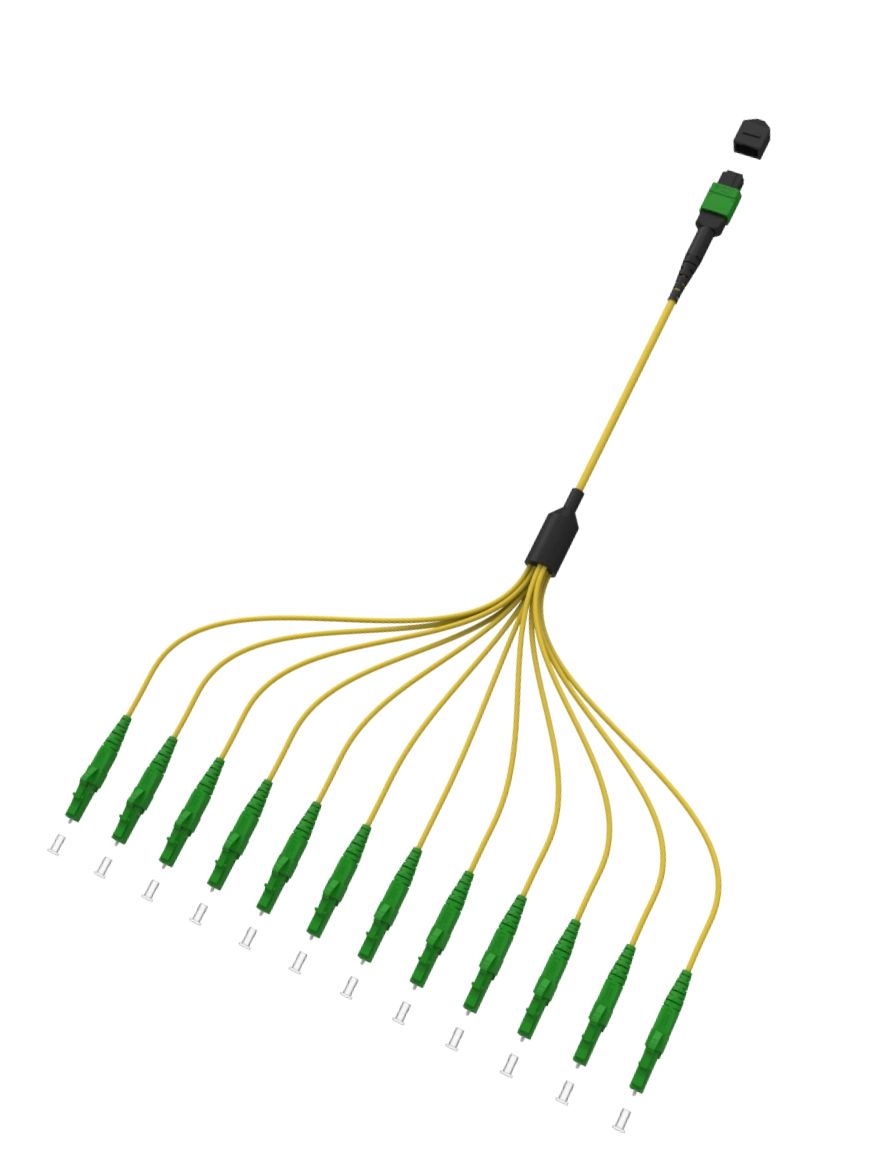An In-Depth Analysis of the Benefits and Challenges of Fiber Optic Receptacle Connections

Fiber optic receptacle connections have revolutionized the telecommunication industry, offering high-speed and reliable transmission of data. In this article, we will delve into the numerous advantages these connections provide, as well as the challenges that come with their implementation.
1. Unparalleled Data Transmission Speed
Fiber optic receptacle connections are known for their ability to transmit data at incredible speeds. Unlike traditional copper wires, fiber optic cables utilize light signals, allowing for faster transmission rates. This attribute is indispensable in today's digital age, where large amounts of data need to be transferred swiftly and efficiently.
2. Immune to Electromagnetic Interference
One major advantage of fiber optic receptacle connections is their immunity to electromagnetic interference (EMI). This means that they can effectively transmit data through environments that would normally disrupt other types of connections, such as radio frequency interference (RFI) or electrical noise. Therefore, fiber optic connections are often preferred in settings where EMI is a concern, such as industrial plants or areas with high levels of electrical activity.
3. Long Distance Transmission
Another significant benefit of fiber optic receptacle connections is their ability to transmit data over long distances without any degradation in signal quality. Unlike copper wires, which suffer from signal loss over extended distances, fiber optic cables can carry data for miles without compromising speed or performance. This advantage is especially advantageous in telecommunications and networking applications that span across vast geographical areas.
Challenges and Limitations
Despite the numerous advantages, fiber optic receptacle connections also come with certain challenges and limitations that need to be addressed. Below are a few notable ones:
1. Fragility and Sensitivity
Fiber optic cables are delicate and sensitive to bending and twisting. Mishandling or improper installation can easily damage the cables, resulting in signal loss or complete failure. This requires careful handling and skilled technicians during installation and maintenance procedures.
2. Higher Initial Investment
Compared to traditional copper connections, the upfront cost of implementing fiber optic receptacle connections can be higher. The specialized equipment and materials required for installation, as well as the complex manufacturing process of fiber optic cables, contribute to the initial investment. However, it's worth noting that the long-term benefits and reliability often outweigh the initial cost.
3. Limited Availability and Compatibility
Although fiber optic receptacle connections are becoming more common, their availability and compatibility can still be limited, especially in remote areas or older infrastructure. Therefore, before implementing fiber optic connections, it's crucial to consider the availability of fiber optic networks and ensure compatibility with existing equipment and systems.
Conclusion
Fiber optic receptacle connections offer numerous benefits, including high-speed data transmission, immunity to electromagnetic interference, and long-distance capabilities. Despite their challenges, such as fragility, higher initial investment, and limited availability, the advantages they provide make them the preferred choice for many industries. As technology continues to advance, fiber optic receptacle connections will undoubtedly play a crucial role in powering our increasingly connected world.



